Capturing the Cosmos at Jodrell Bank
In Chapter One of the Through My Lens series, we began by discussing my limited experience in astrophotography and the basic equipment I currently use to take my images. All in the hope to show you that your astronomy journey can start from somewhere.
I finished by saying that I would be attending an ‘Introduction to Astrophotography’ course at Jodrell Bank Observatory on 17th January 2024. And after taking the course, I would like to share my experience.
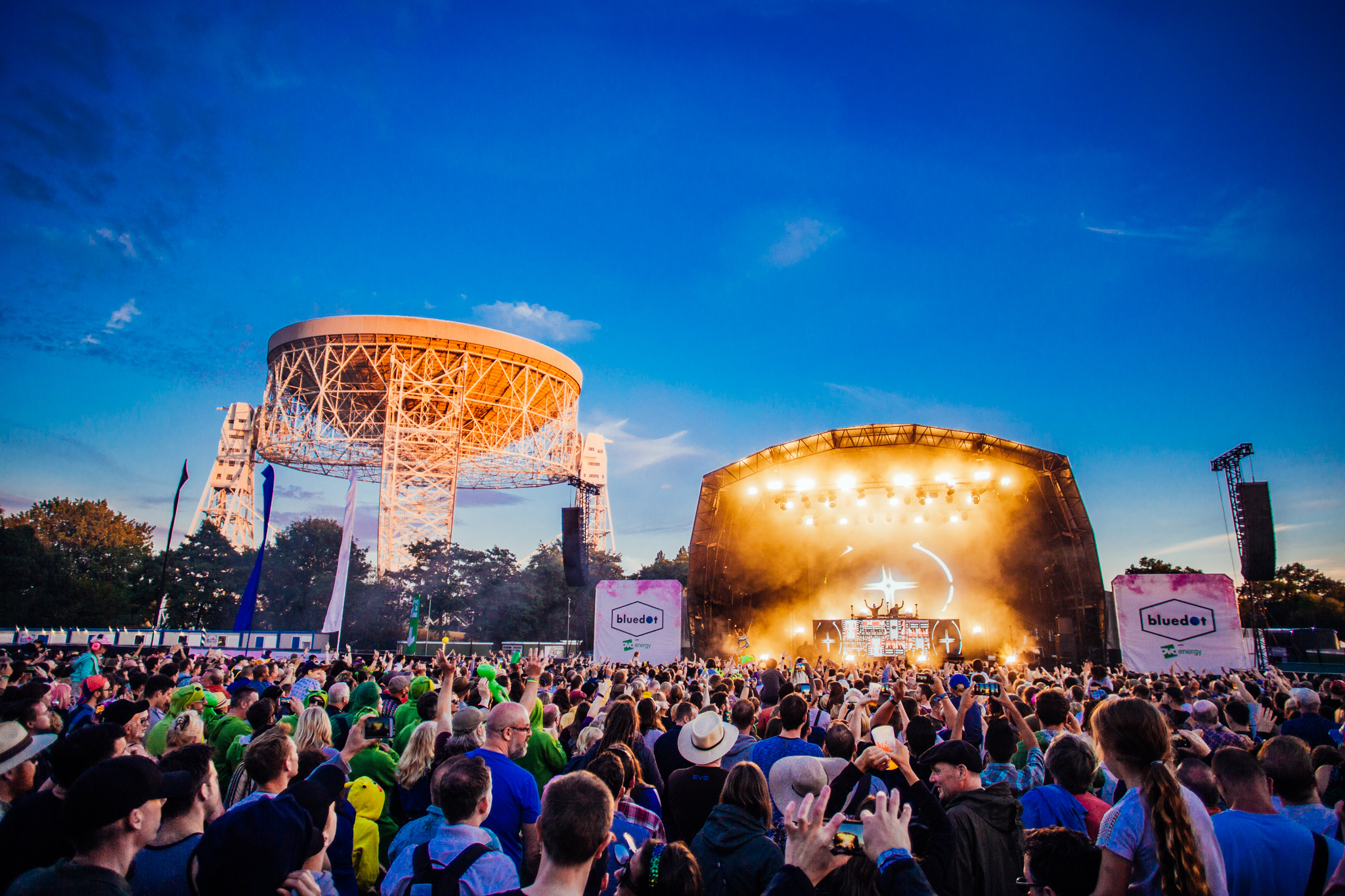
IMAGE Blue Dot Festival at Jodrell Bank Observatory
A Self-Taught Journey
Up to this point, everything I’ve learned about astronomy and astrophotography has been self-taught. From devouring articles and books to binge-watching videos and lectures online, I’ve navigated this celestial hobby largely on my own. There’s a unique satisfaction in teaching yourself, but the chance to learn directly from experts was something I couldn’t pass up. And what better place to do it than Jodrell Bank Observatory? The Blue Dot festival (pictured above) has always been on my to-do list, so to visit Jodrell Bank for astronomy purposes set my soul alight.
The Anticipation
The course was hosted by Dr. Anthony Holloway, and it provided an opportunity to use our own equipment on-site. I brought my trusty DSLR camera and a sturdy tripod, opting to leave my telescope at home to focus on mastering the basics with my camera first. Arriving at Jodrell Bank was an experience in itself. The observatory’s remarkable equipment and the historic atmosphere were nothing short of inspiring. It felt like being in the presence of something monumental.
Getting Started
After a quick visit to the gift shop, we were led to a small lecture room equipped with a presentation setup and a camera at the front. The room also featured a large bubble that you could enter and see a simulation of the night sky – clever solution for those regular UK cloudy nights. The course was well-attended, with about 30 participants, which did not concern me at first as there felt a sense of community among fellow aspiring astronomers.
Few Learnings
The initial presentation, however, was somewhat underwhelming. It covered the basics of astrophotography – information I had already gathered from my self-study. While it was nice to revisit this foundational knowledge and gain a few new resources (which I’ll share at the end), I hoped for more advanced insights. I’m not sure what I expected given this course was designed for absolute beginners, but it left me wanting more.
The Gallery and the Night Sky
After the lecture, we moved to a gallery showcasing stunning astrophotography by Dr. Holloway and Jodrell Bank. My favourite was “The Rosetta Nebula Core,” a breathtaking image credited to Dr. Holloway himself.
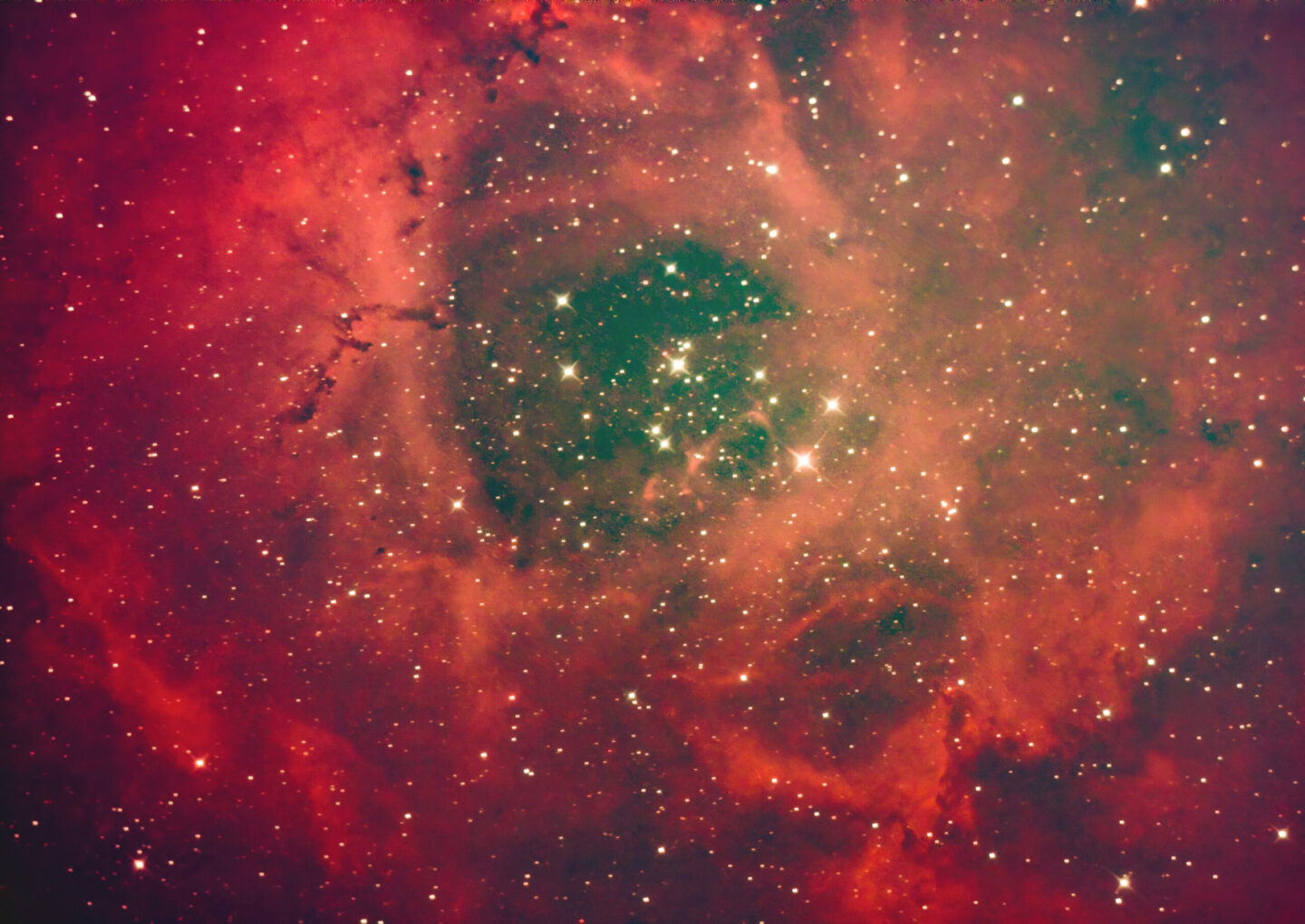
IMAGE “The Rosetta Nebula Core”, cred: Dr Anthony Holloway
Then, it was time to put theory into practice. We set up our cameras outside, aiming our tripods at the Orion constellation and its famous belt. Despite the frigid -4 degrees, the clear night sky offered a perfect canvas for our lenses and I setup my camera the best I could.
The Highs and Lows
This is where my experience becomes a bit conflicted. Being at Jodrell Bank, capturing images under the iconic telescope, felt like a milestone in my astronomy journey. It transformed my usually solitary pursuit into a shared experience, connecting me with a community of like-minded individuals.
However, the practical learning aspect of the course fell short. The large group size made it difficult to get any personalised attention or answers to questions. I stood in cold trying to figure out the best way to take a picture, with nobody coming over to ask if I understood it and I couldn’t get a chance to ask the experts either.
And I had plenty of questions. What camera settings work best for constellations that are closer and can be seen with the naked eye, vs a distant cluster of stars much further away? Also, I’d taken a hundred pictures, I had no idea if any of these where even on the right lines. I mean, how do I know if an image I’ve captured is on the money? Before I knew it, the time was up.
Proud Pictures
For the images I captured (see below) I used only my DSLR camera with a standard lens, and no telescope. The Jodrell Bank truly is a dark site to see the night sky. Alongside the images of the telescope with stars above, I managed to capture images of the Orion constellation and the Ursa Major constellation. It took some time to get the camera settings right and focus on the stars (which still isn’t great close up), but I played around with the exposure time and ISO. I believe I used the widest aperture my camera could do, 1600 ISO and 30 seconds exposure time when taking most of these. The number of stars seen in the images could not be seen with the naked eye so I’m happy how they have turned out. You can see the difference in the number of stars on image 2 and 3 of the Orion belt (here I played around with exposure and ISO settings). By increasing these settings I was able to capture more stars as seen in image 2. I haven’t managed to edit any of these yet so these are the raw images and I’m happy with how they turned out!
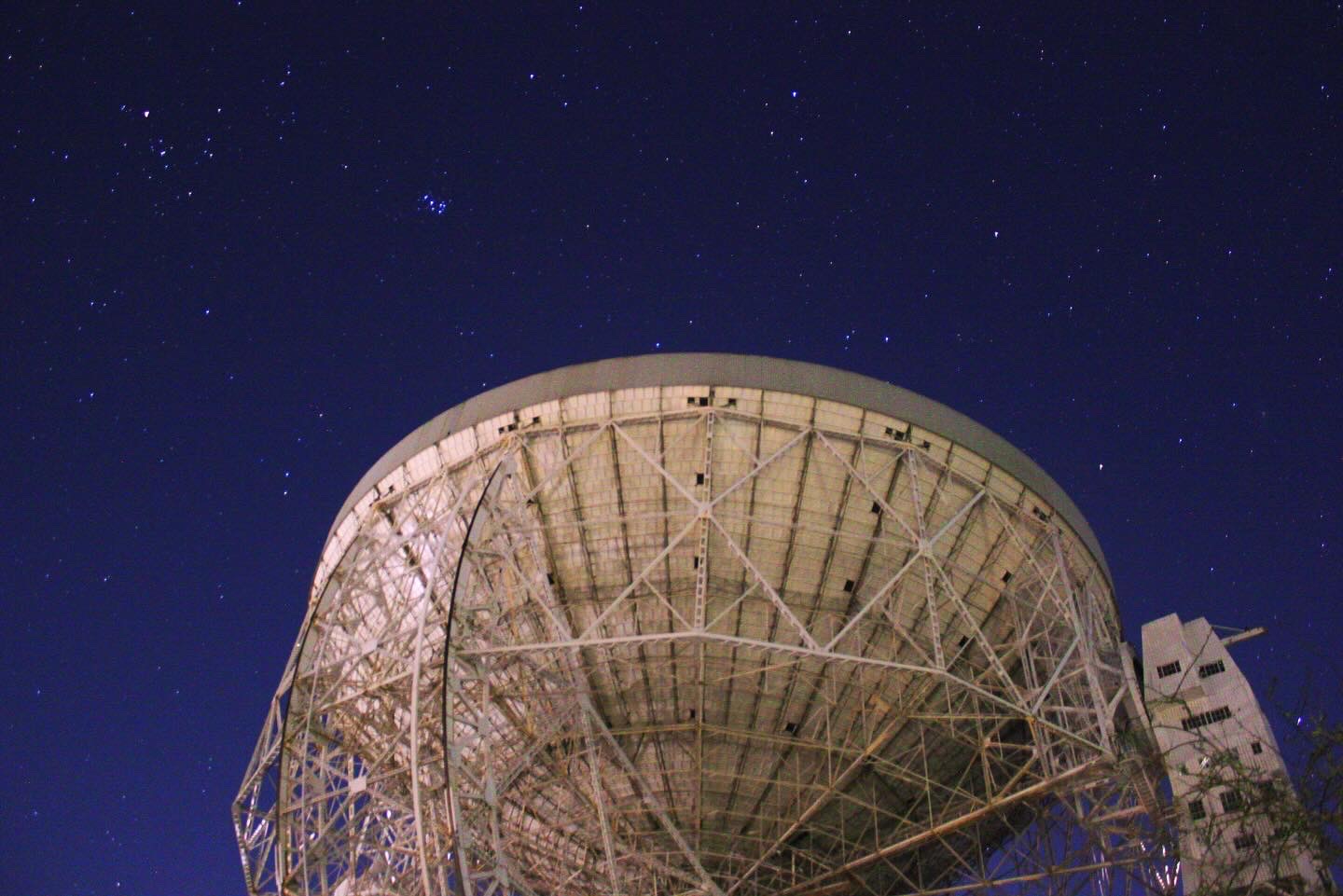
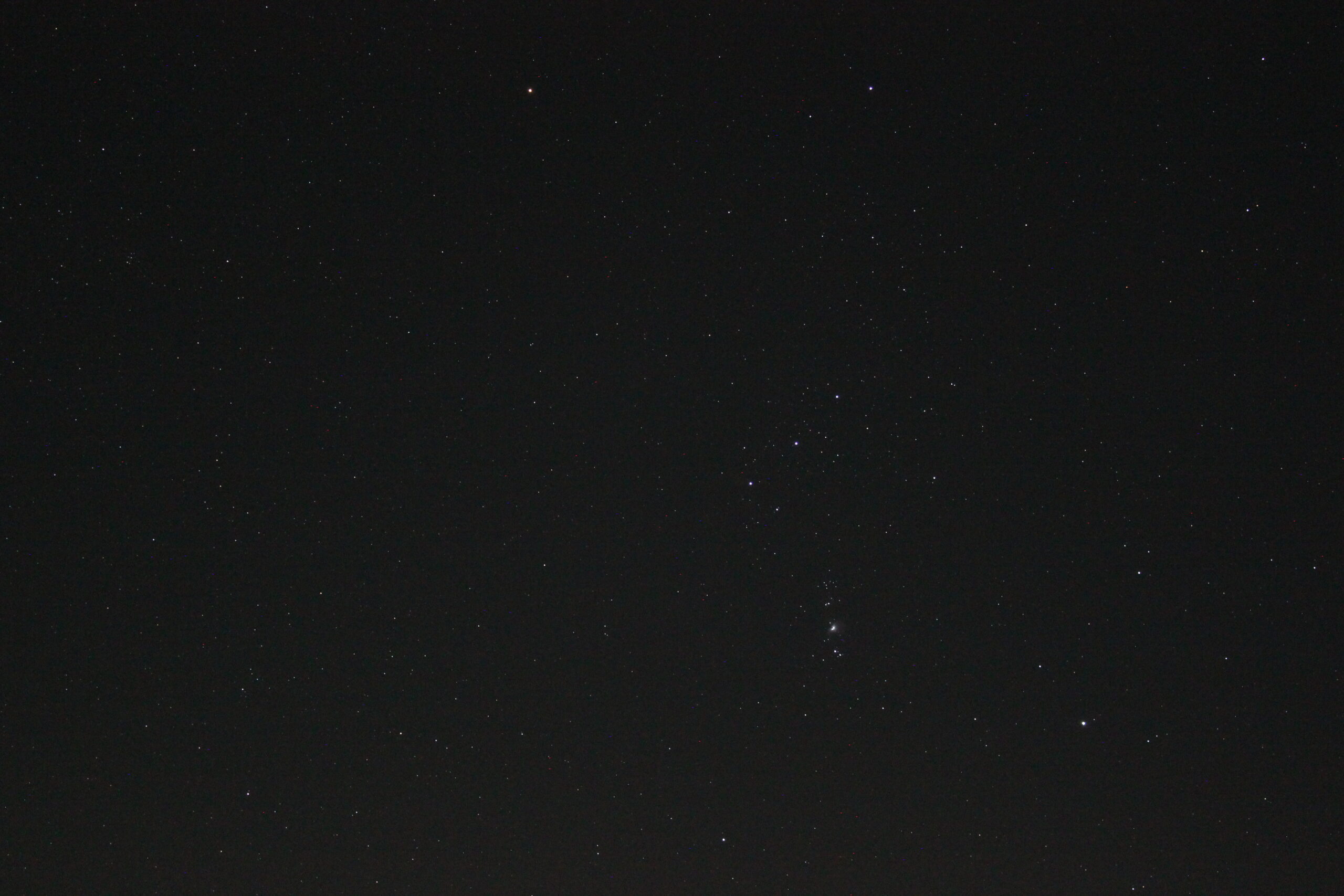
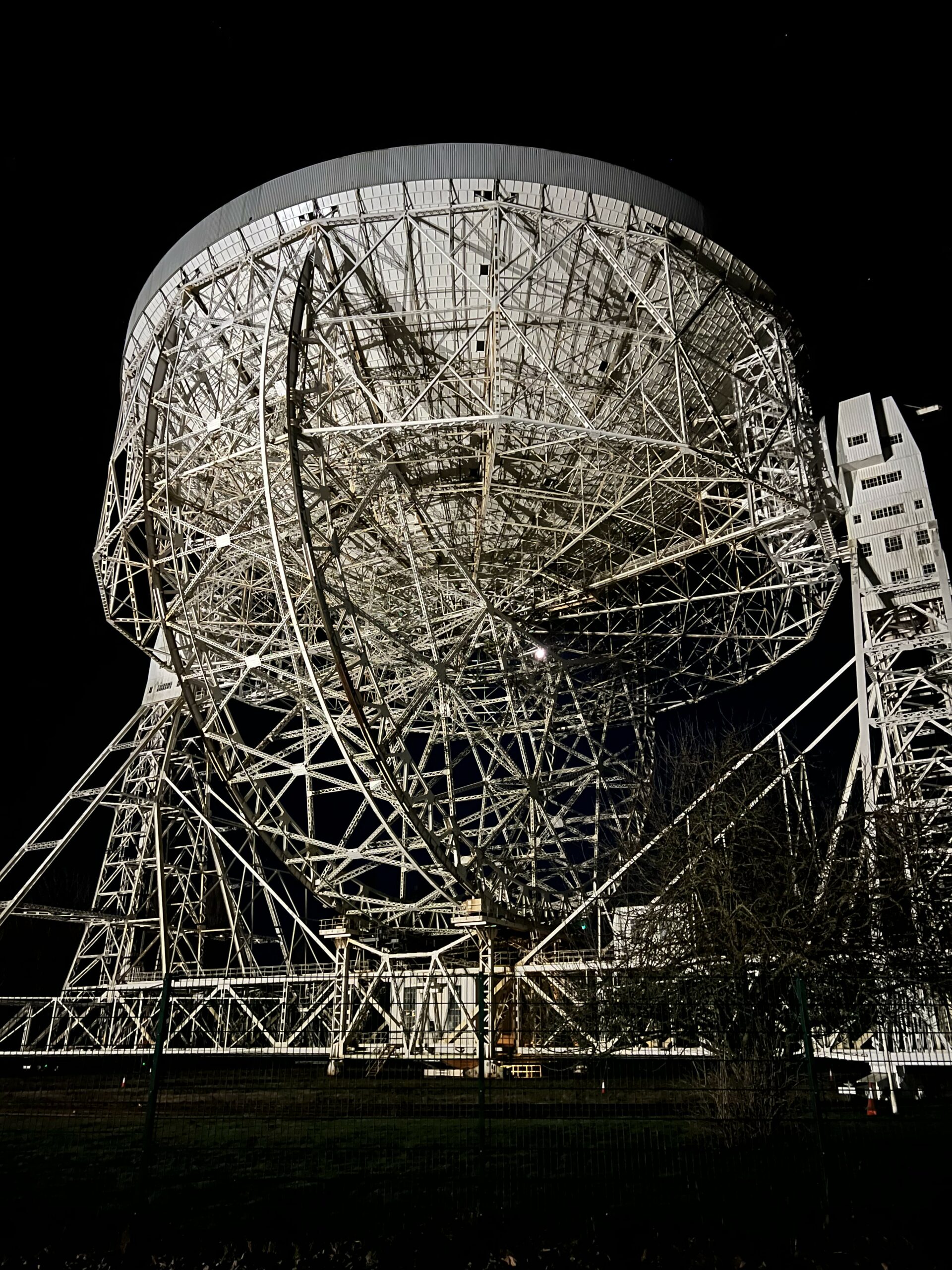
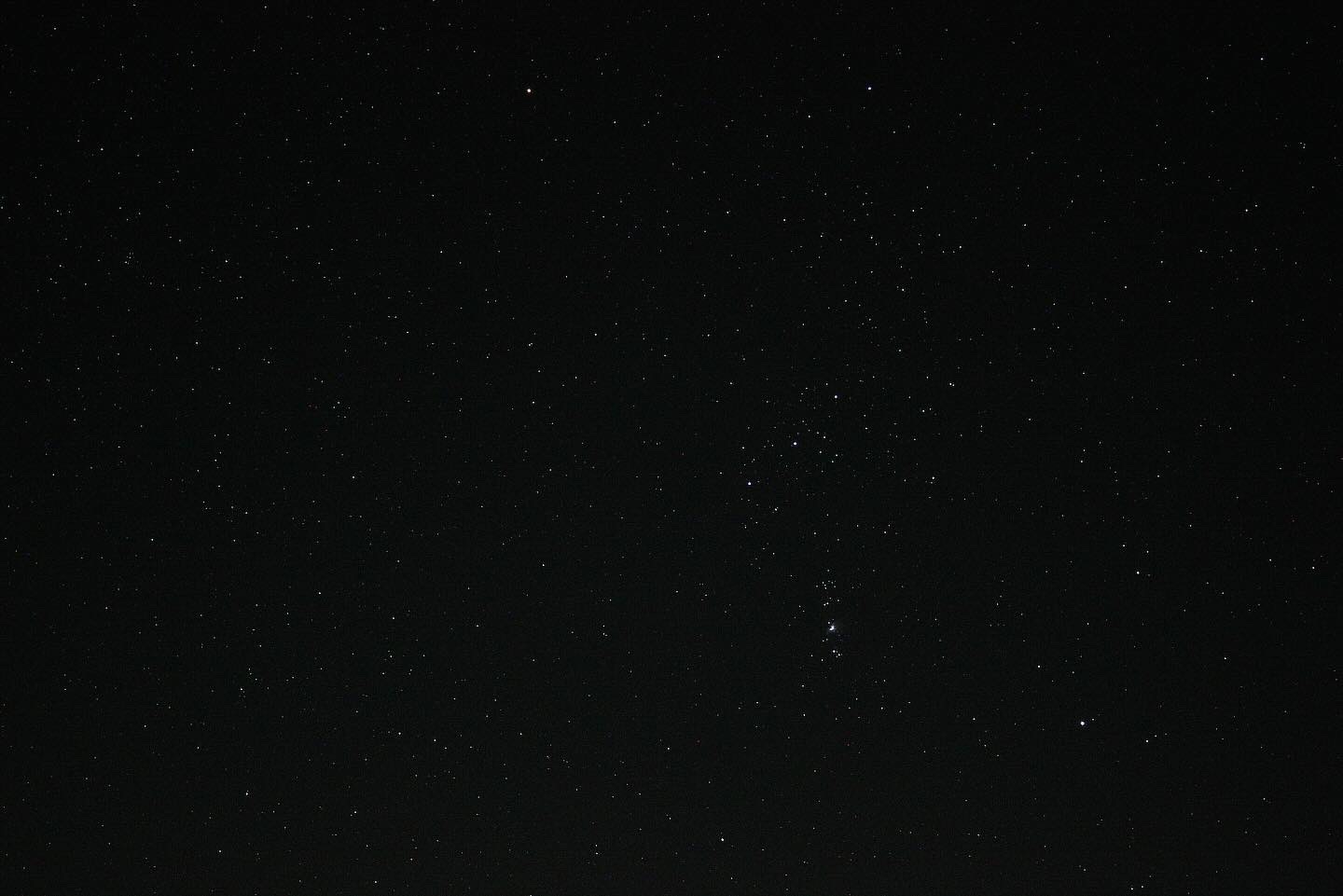
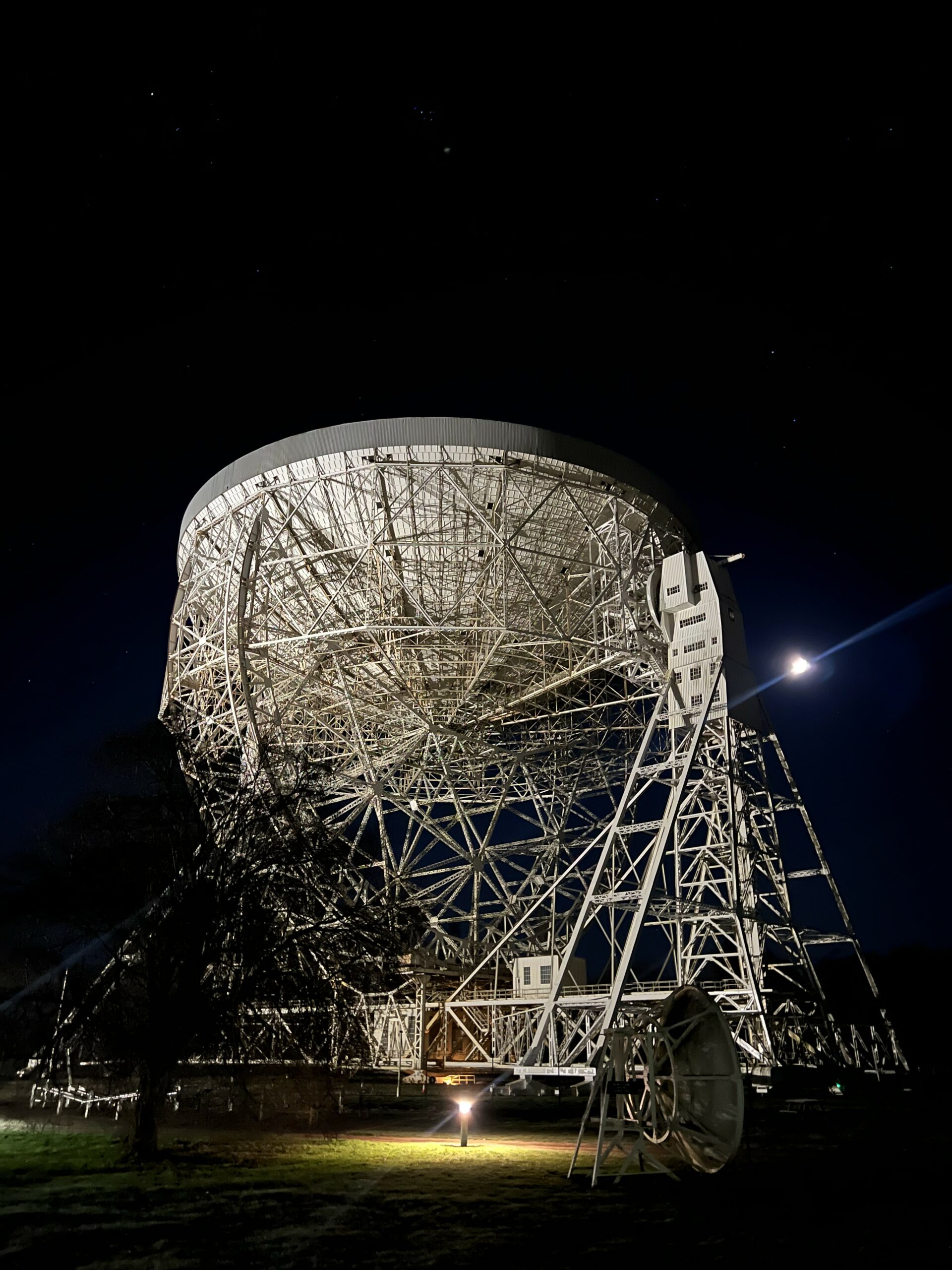
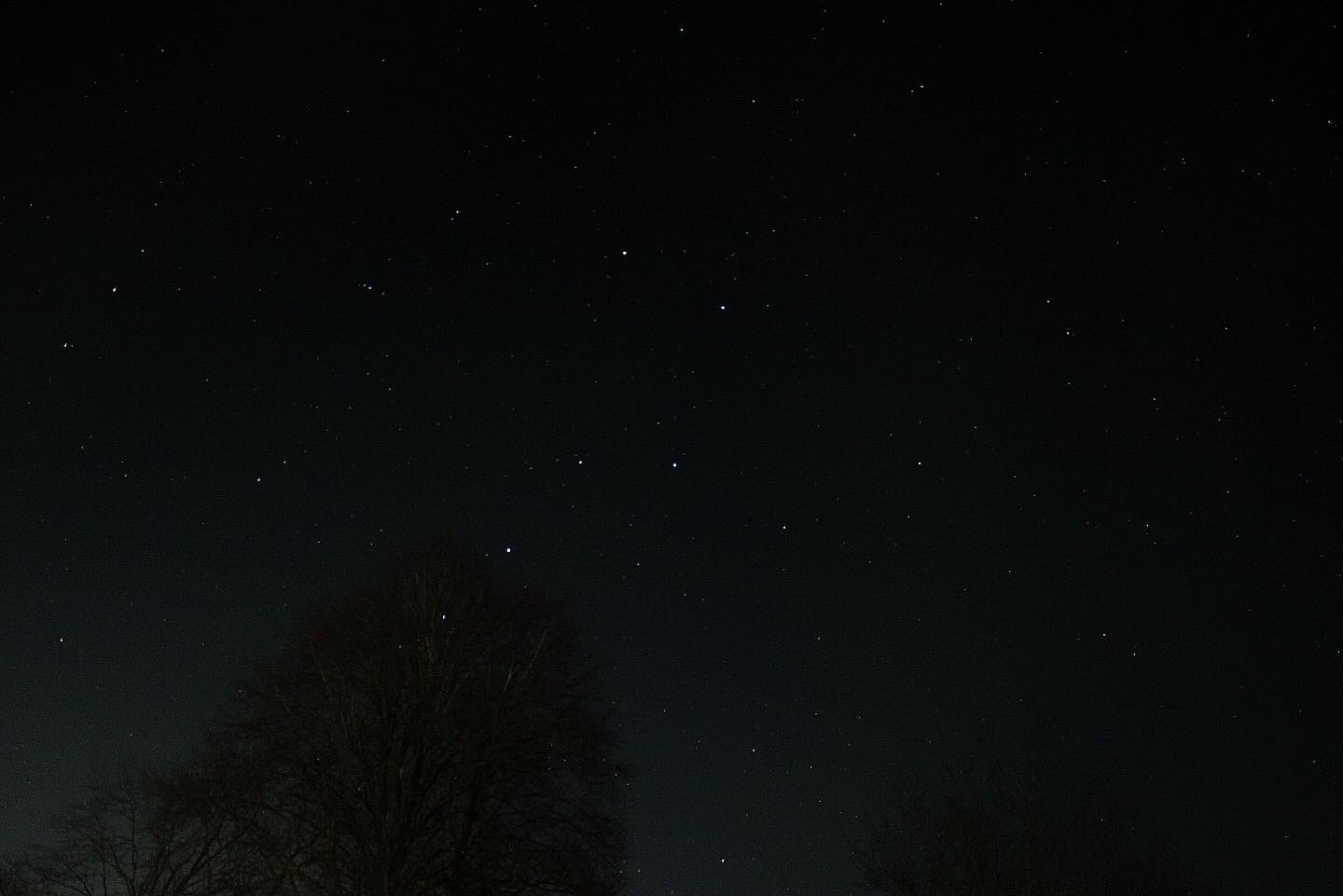
IMAGE Cred: The Astronomers
While I did manage to capture some great photos, the course didn’t provide much new information that I couldn’t have found online. The joy of being at Jodrell Bank and experiencing the night sky there was immense, but the educational aspect was lacking for someone already familiar with the basics.
Final Thoughts
Would I recommend this course? If you’re an absolute beginner in astrophotography, absolutely. The experience of stargazing at Jodrell Bank is unparalleled, and you’ll gain a solid introduction to the craft. But if you already know the basics, you might find the course content too elementary. There’s an advanced astrophotography course available but given the challenges I faced with the group size and lack of personal guidance, I’m hesitant to sign up. Either way, I’m delighted I took the course at Jodrell Bank and it feels like another notch in my Orion’s Belt, and I can’t wait for the next.
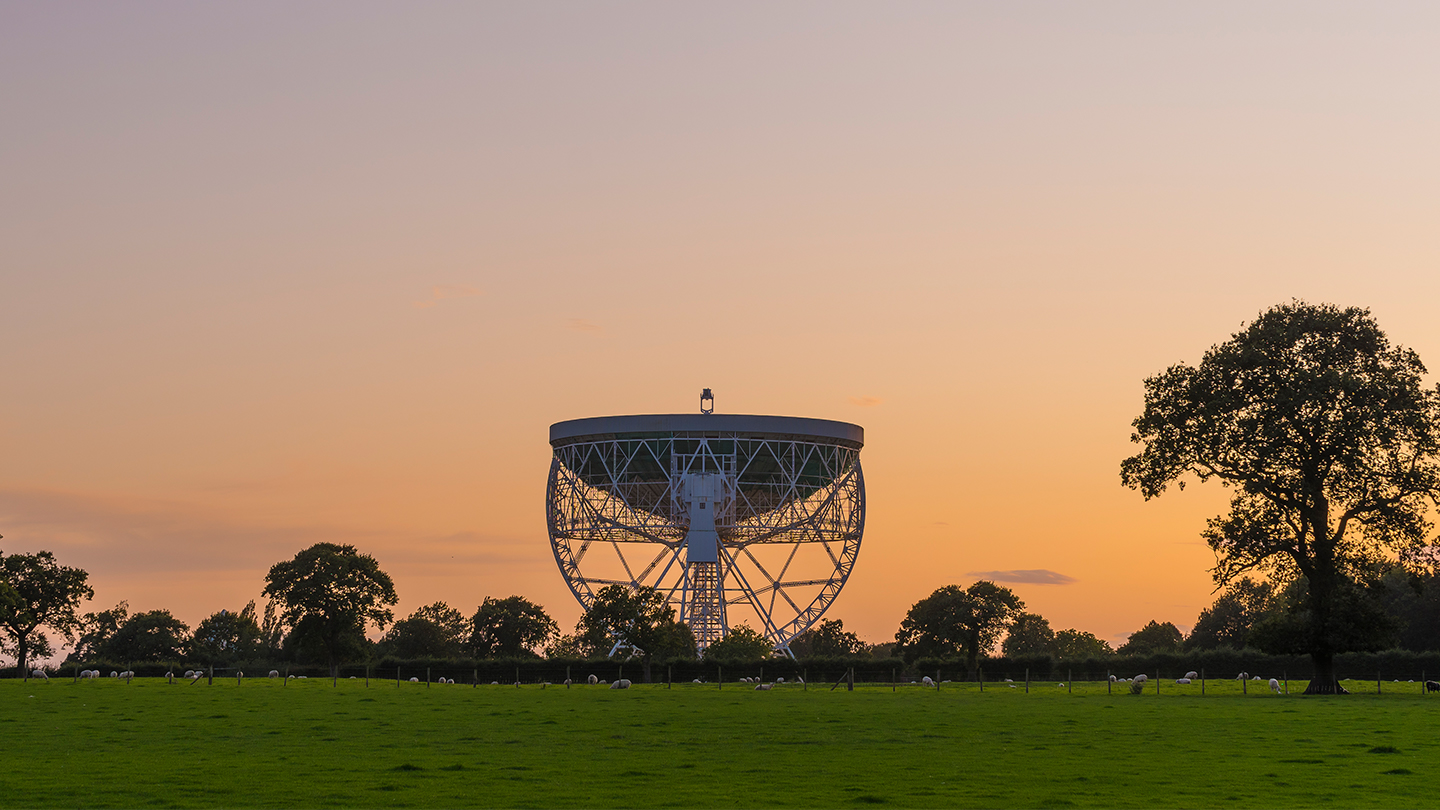
Here are some of my key learnings from the course and the links shared by Dr Anthony Holloway.
Camera & Lenses
- Lowest noise in the images comes from having a large sensor and too extreme a pixel count.
- Wider aperture lenses enable light to be capture more quickly or capture more light in a set time.
- Lens focal length needs to match the target size, e.g. whole sky, constellations, moon etc.
Manual Control
- Adjust Exposure time, Aperture and ISO settings to suit. Start at ISO 800, as wide an aperture as possible and 10s exposure, and then change ISO or exposure time as required.
- Use RAW & JPG or RAW mode to enable white balance setting to be adjusted later on the computer.
- Use Long Exposure Noise Reduction to give cleaner images with less noise. Turn it off if doing star trails as it takes a second (dark) image of the same exposure time and would lead to dashed trails.
- Use a cable release or use the 2 second or 10 second timer to avoid camera shake.
- Manually focus using live view or shoot a test and review. Note that the infinity mark on a lens is not to be relied upon
Avoiding trailing stars
- 500 rule – divide 500 by the focal length of the lens to get a guide to the maximum exposure time for sharp stars’, e.g. for a 20mm focal length lens, 500/20 = 25s exposure time.
Websites
Stellarium (this is planetarisum software we highly recommend at The Astronomers and an article introducing it will be published soon)
The Night Sky This Month by Ian Morison (Jodrell Bank)
Location Planning – The Photographer’s Ephemeris
Moon Phases, Sunrise/Sunset Times, International Space Station Timings
Light Pollution Interactive Maps
Clear Skies Forecasts (remember to set your location)
Startrails Software (adding star images together to create a star trails shot)
AuroraWatch UK (check out the strength of the magnetic field)

Shaun Johnston
The Astronomers Founder
Check out more of our articles below!
Want new articles as they get published?
Subscribe to our newsletter!
Subscribe to our Newsletter.
0 Comments
Submit a Comment

Shaun Johnston
The Astronomers Founder

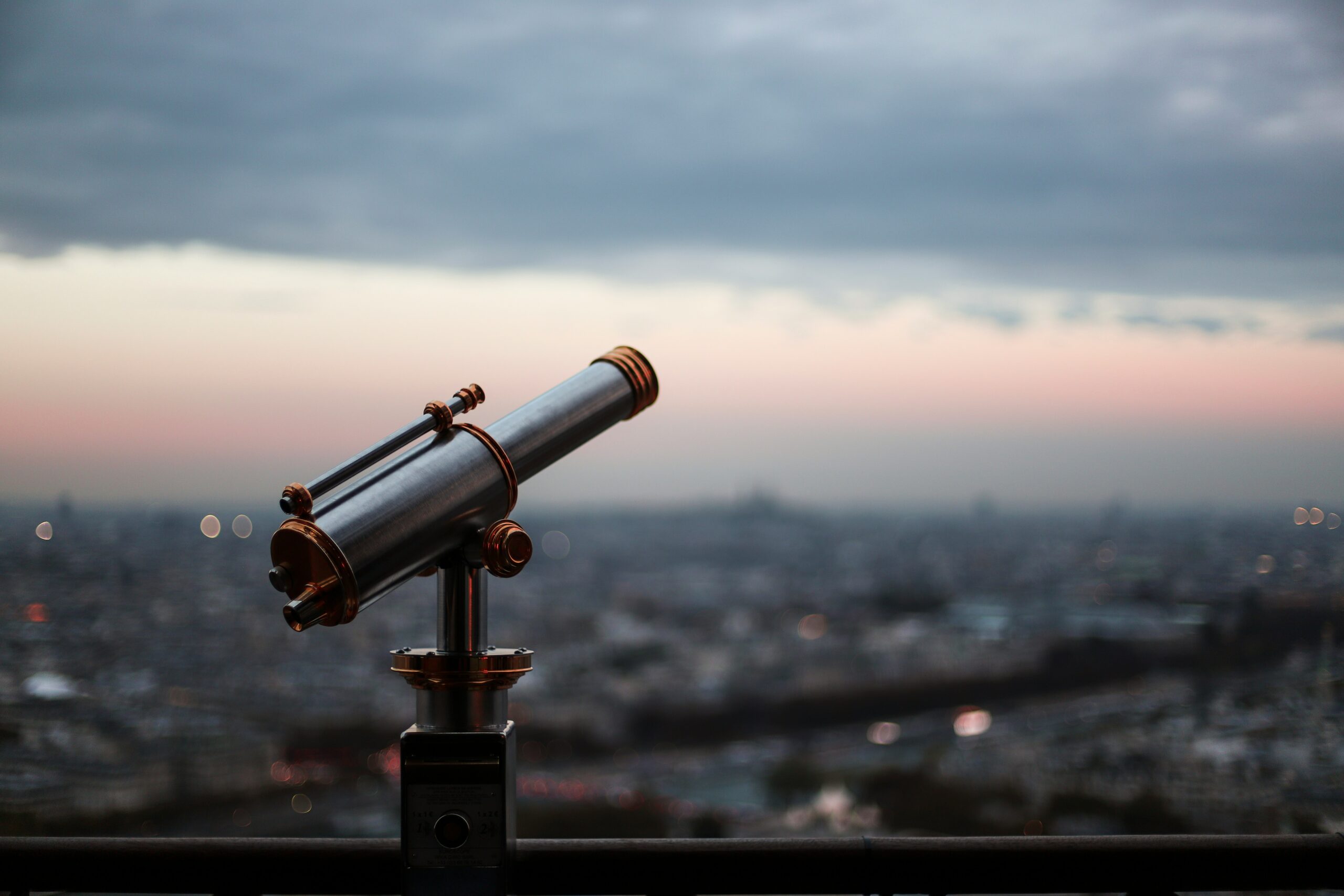
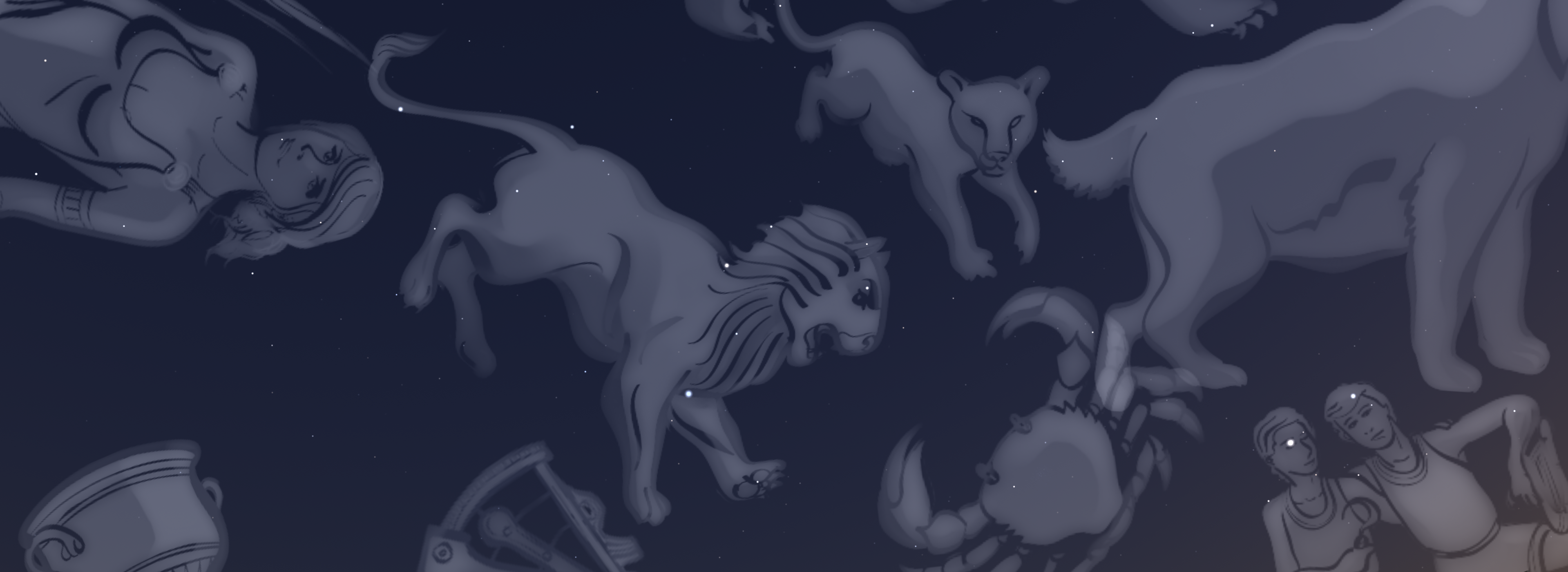
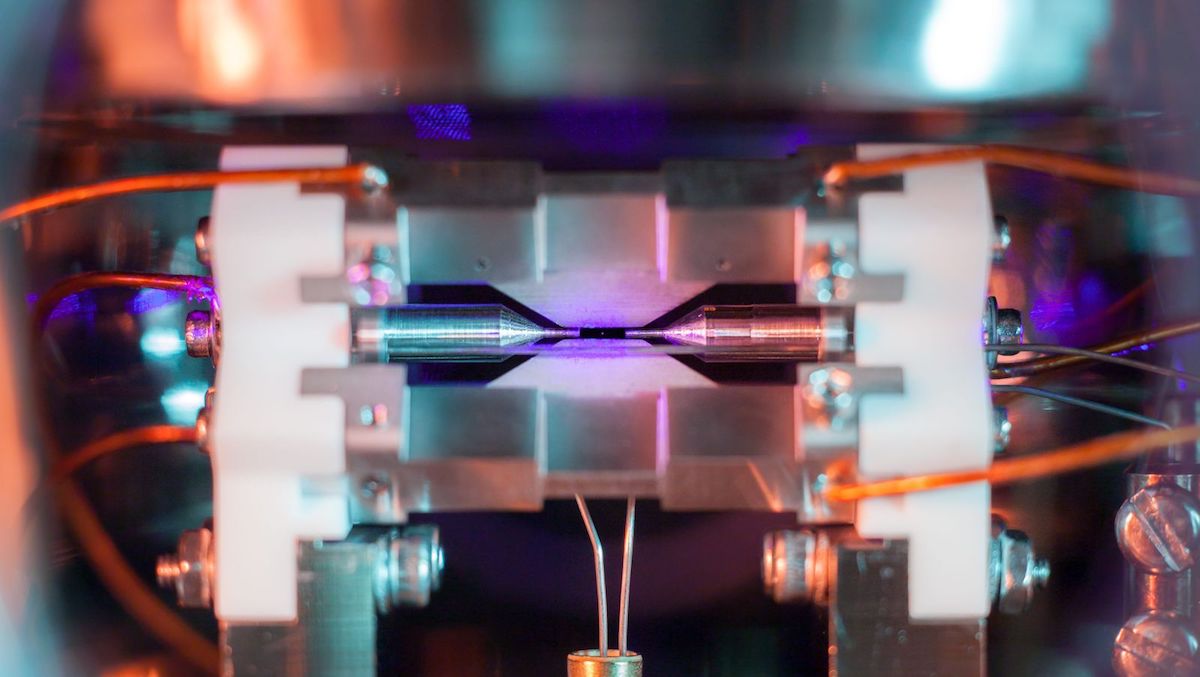
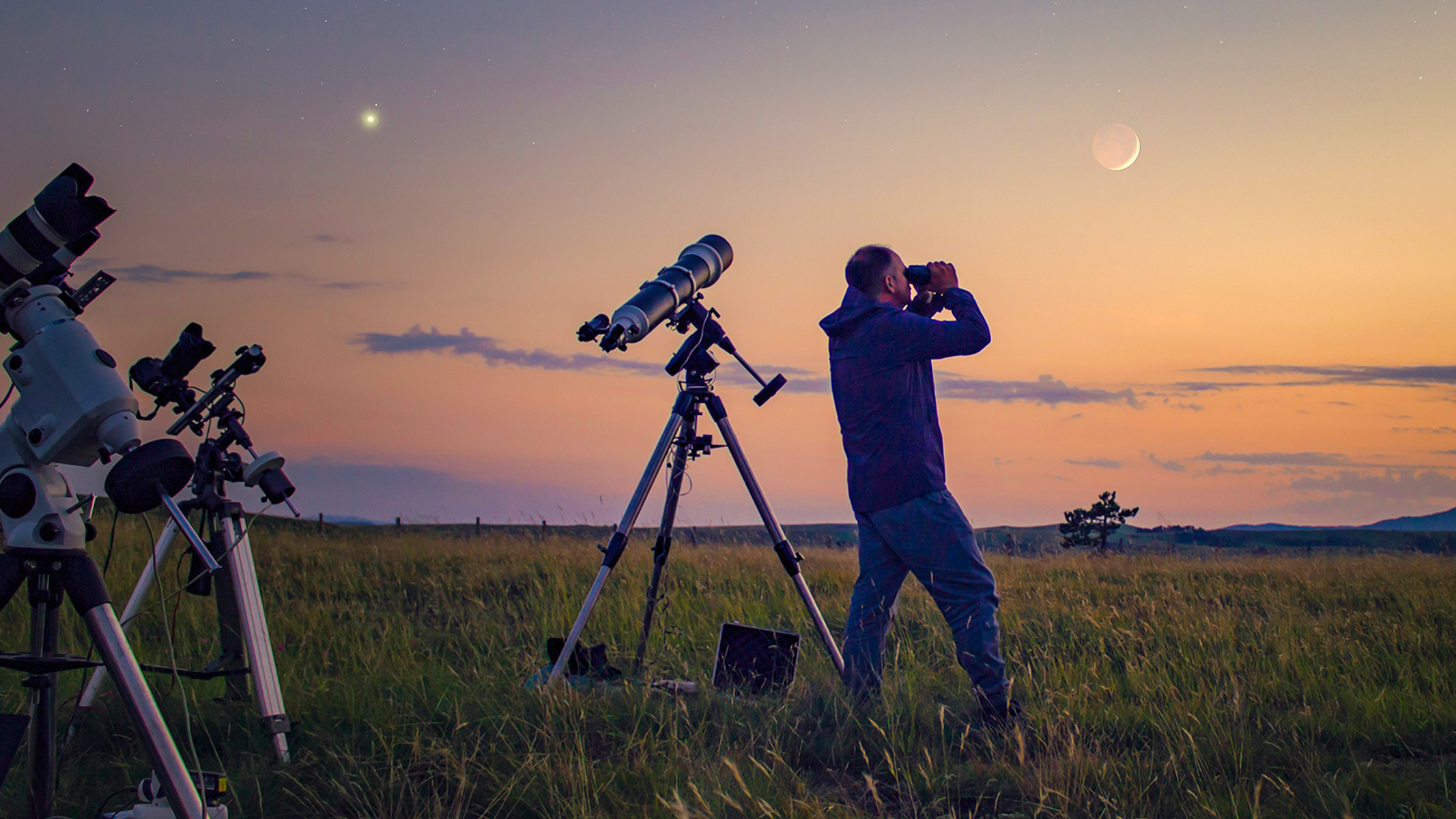
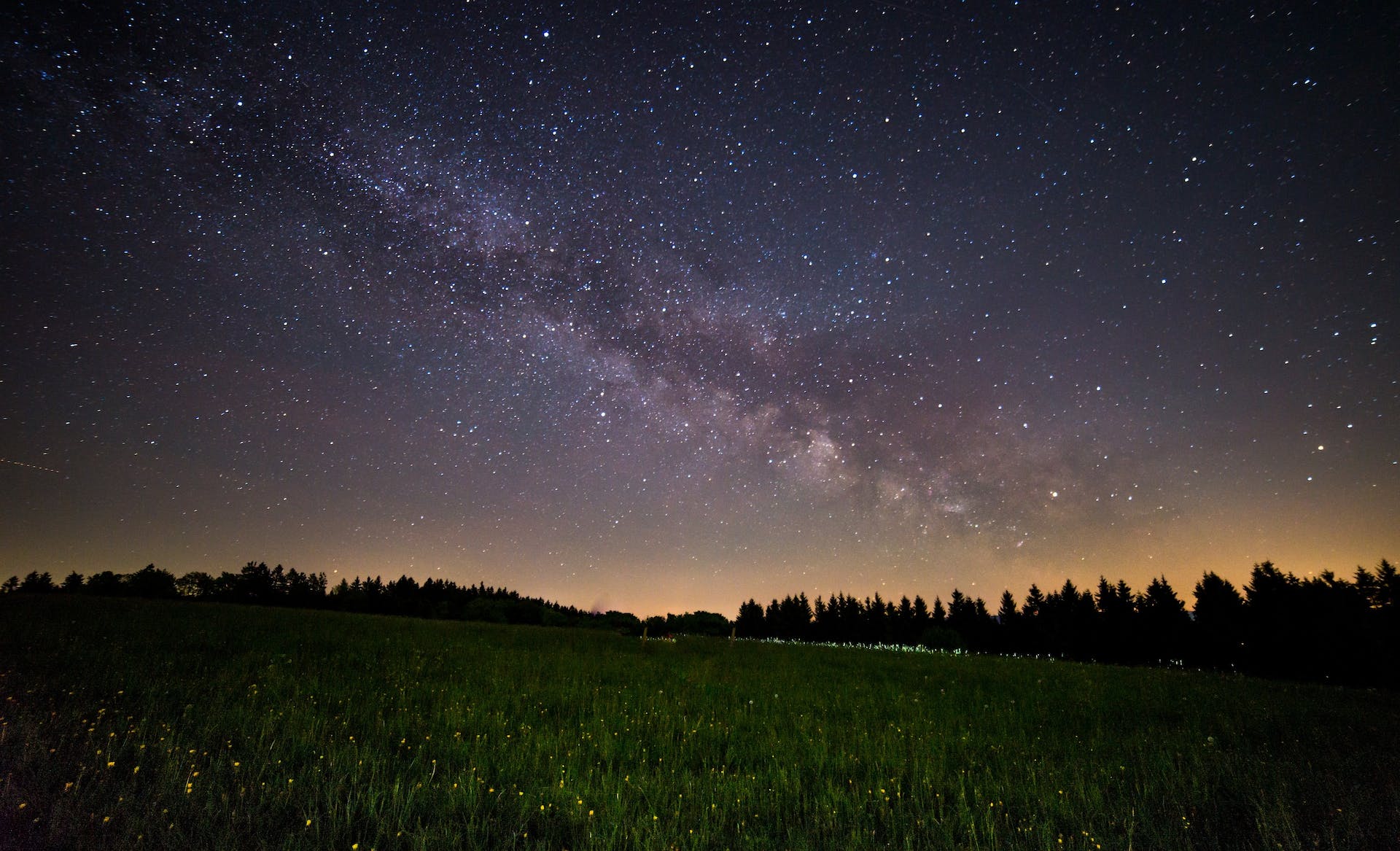
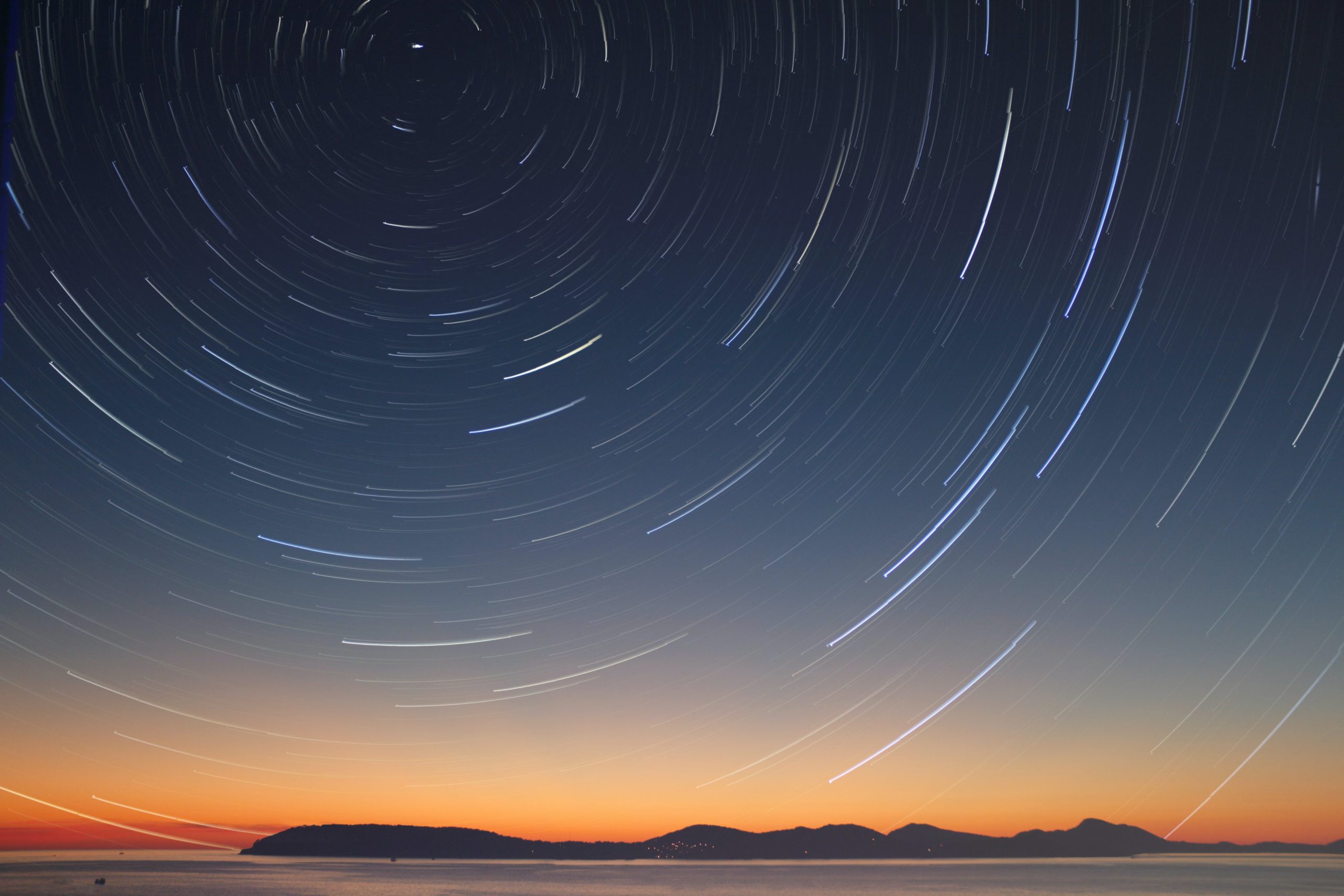
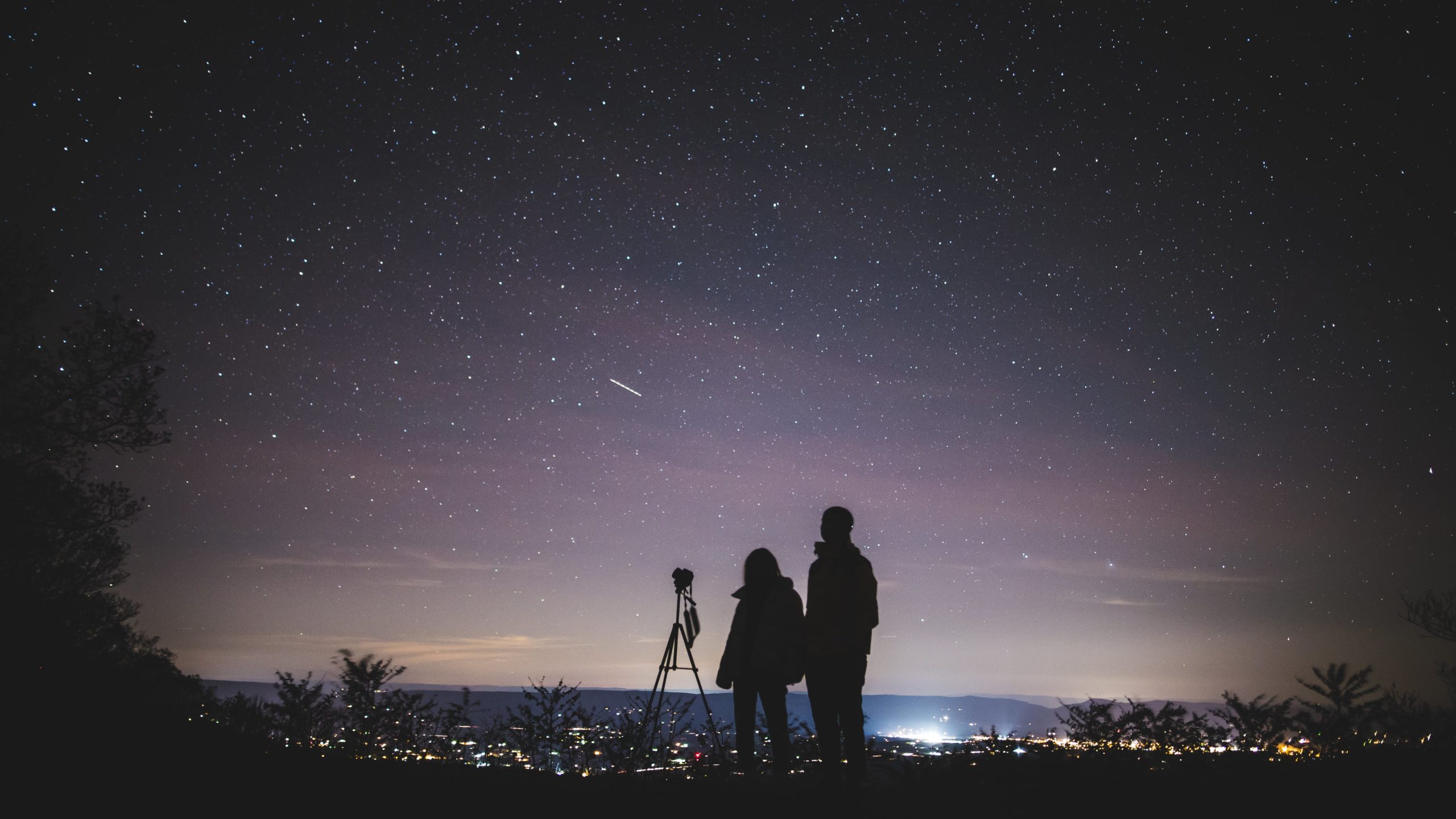
0 Comments